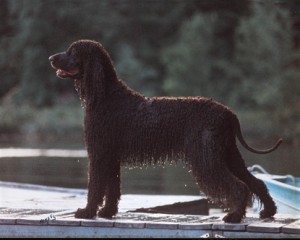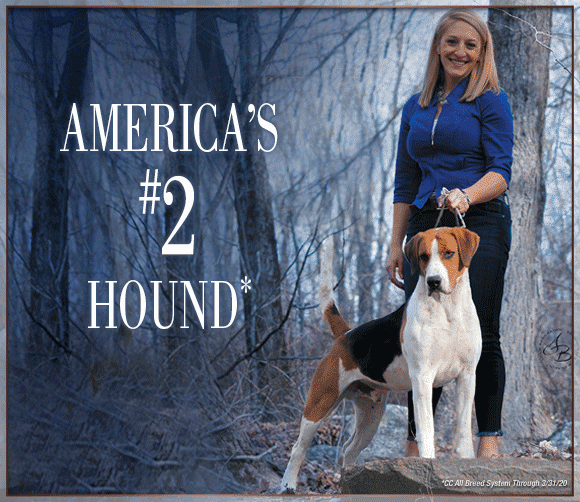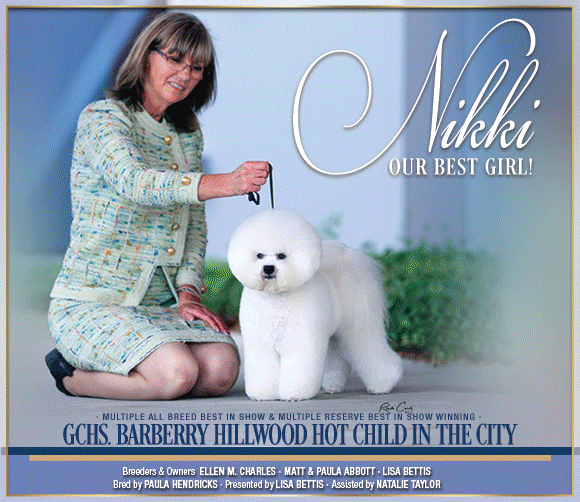The Anatomy of Movement – Chapter 1
EDITOR’S NOTE: Dr. Quentin LaHam was a noted teacher and lecturer in the field of canine structure, movement and function. He and his wife, Betsy, were very popular judges of multiple groups in the ‘80s and ‘90s. He wrote numerous articles for The Canine Chronicle regarding the state of the industry. We thought we would share this one with you. This article may be more poignant today than it was when he wrote it.
Many of the breed standards as well as other dog literature has inadvertently made the assumption that dogs are so alike that what is good or correct for one is necessarily so for another.
My intention when I began writing was to make the book informative, interesting and understandable to everyone interested in purebred dogs, from the novice to the professional. This proved to be too great a task for the likes of me, as I soon bogged down in lengthy explanations and descriptions that seemed more likely to confuse the novice and to bore the professional. The novice will have to work harder to grasp some of the concepts but in so doing I trust the labor will be rewarded; the professional must accept some well-established information but hopefully will find the concepts put forth to be both challenging and intriguing. If disagreements arise among us out of which comes truth and knowledge, we shall all have been well-served.
No one person in a lifetime can possibly understand all we would like to know about dogs. In no other animal has human intervention had such an impact. Through selective breeding within a breed and between breeds and the isolation of certain mutants, new breeds have continually come forth. Evidence leaves little doubt that the process will continue. It is possible, nonetheless, to classify dogs in many ways–as everyone knows that has entered a dog show. For my purposes I have chosen to use body type. We can sort them according to shape as being rectangular, square or pear-shaped; long proportional or short-legged; equal in width across the shoulders and hips; wider at the shoulders than hips or vice versa. Such diversity of structure is the result of different sizes and shapes of the bones of the skeleton and the muscles, tendons and ligaments attached thereto. If this diversity did not exist it would be much easier to interpret movement, and type alone would be all that mattered, since all would resemble each other and would basically move alike.
Unfortunately, many of the breed standards as well as other dog literature has inadvertently (I hope) made the assumption that dogs are so alike that what is good or correct for one is necessarily so for another. These misunderstandings in many instances have their origins in the fact that so much was directly transposed from the anatomy of the horse to the dog. That this happened is easily understood, as historically the horse was the most important and valuable animal to man. He served as transportation, laborer, in sporting events, as hunter and in battle. Until the advent of World War II, the horse remained the principal subject for the study of anatomy in the world’s veterinary schools. Since then the world has far less use for the horse, so emphasis has shifted to other animals, and the dog has become a major player in the education and training of animal and human medical practitioners and their related basic disciplines.
While many things are similar in both, this over-borrowing has proved to be a mistake because there are likewise great differences and if placed upon the balance beam, they outweigh the similarities. Applying the same yardstick, it is equally incorrect to assume that between breeds the various anatomical parts are of the same conformation.
Perhaps the classical case of all time has been the assumption and promulgation of the great mistake, recognized by some of us for a long time but hopefully finally put to rest (but I doubt it) by the research of Rachel Page Elliott, who in her book The New Dog Steps eloquently refers to it as “the myth of the 45-degree laid back shoulder.” As far as I have been able to research it, this was first stated by Von Stephenitz in his book on the German Shepherd Dog, The German Shepherd Dog In Word And Picture and which gained great popularity in the English speaking world through The Dog in Action by McDowell-Lyon.
With this in mind, my hope is that after reading this book you will never again accept anything you read or hear pertaining to dogs without a voice inside of you saying “show me” or “prove it!”
Perhaps some of the contemporaries in our sport will come to understand why I have found it necessary, in conscience, to go against the flow and not always give high awards to dogs enjoying great success among my fellow judges and in the dog press. My fear has always been and I have seen it come to pass, especially in the case of stud dogs, much that is undesirable becomes over-infused into the genome of breeds with regrettable results down the road.
While this book is intended for all, my hope of hopes is that it will reach breeders and assist them to stand on the high ground for theirs is the greatest responsibility of us all because they determine the future of their breed. Let us return to the historical and forgotten or unknown concept behind the Open Class. It was this class to which breeders brought their best dogs and bitches to expose to other breeders. It was their penultimate statement. “These dogs and bitches I offer my fellow breeders as being open for breeding. They represent the best of my kennel. Scrutinize them carefully because by proper pairing of these dogs and their bloodlines we can enhance and improve our breed.” Too bad it has come to be a class any dog– good, mediocre, bad, young or old–can enter.
One would have hoped that somehow this responsibility would have been taken up by the Bred by Exhibitor class. Unfortunately, my experience tells me that this is anything but the case. Personally speaking, I would be ashamed to admit that I had bred some of the specimens that have been shown to me in this class.
This book will be my legacy to our sport. Only time will tell if the effort put into it will help some to breed better dogs and just maybe influence some current or future judges to rethink their roles
I harbor no ill will toward anyone, nor do I sit in judgement. I only want the truth to prevail and our knowledge to increase about these great and wonderful beasts who are truly mankind’s best friends from among the animal kingdom. It is because of my love for them that I strive to impart what limited knowledge I possess. May it inspire others to continue the search employing useful scientific techniques present and future to not only breed better dogs but to eliminate devastating genetic defects.
Short URL: http://caninechronicle.com/?p=187197
Comments are closed














